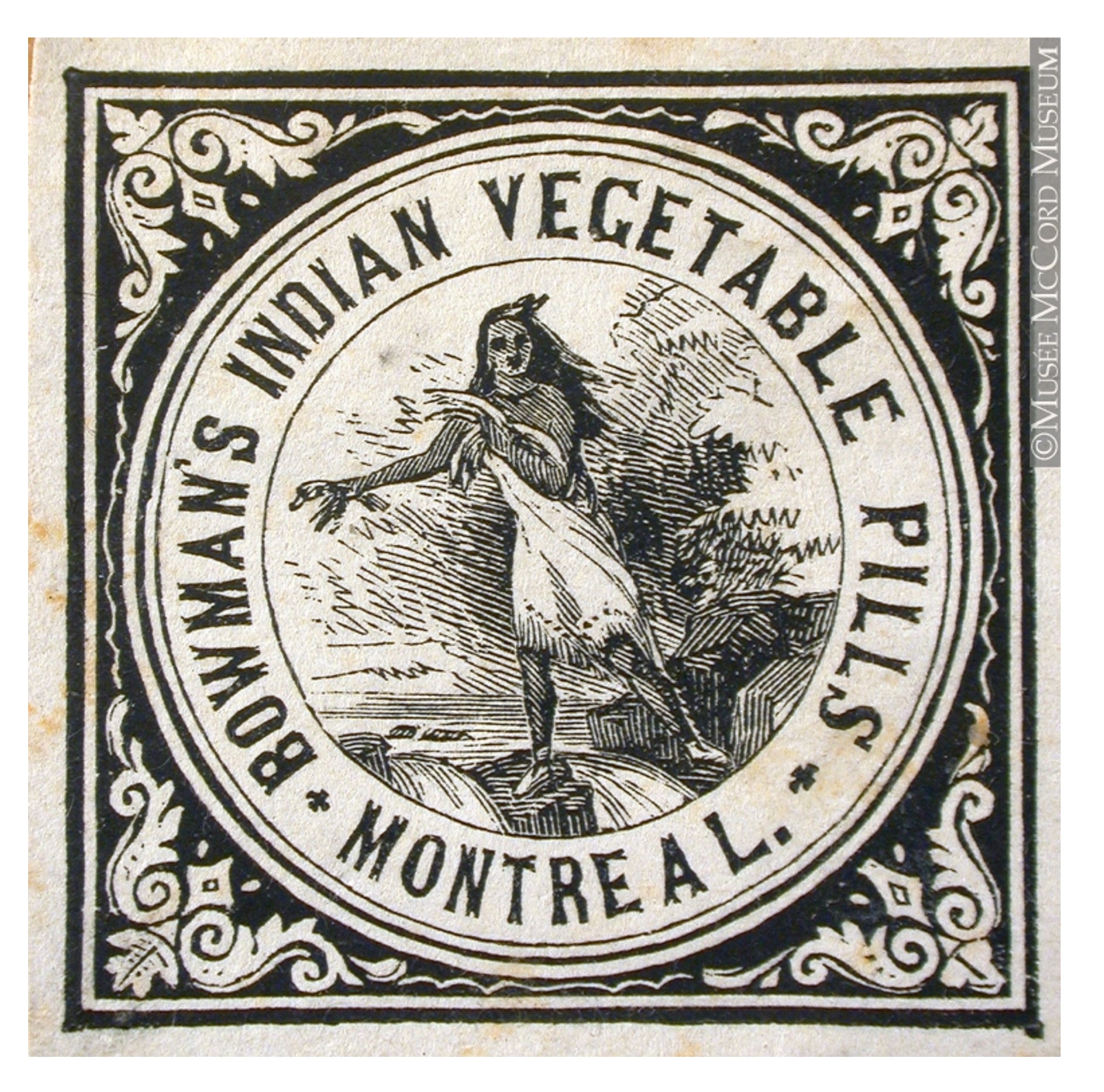The "Vanishing Indian"
The "Vanishing Indian" is an influential cultural myth in Canada and the U.S. that Indigenous peoples would inevitably either disappear physically due to 'susceptibility to western diseases,' or that they would disappear culturally through assimilation.

like the Navajo as Curtis described, “passing into the darkness of an unknown future.”
This myth that has existed since early contact and to a certain extent persists to the present day. It had especially strong currency among North American governments and the general populace from the mid-nineteenth century through the early 20th c. And even today, some people still hold this erroneous belief. The myth aims to justify the decline of Indigenous populations in the western conscious and the colonial measures weaponized again them.
The fact that Indigenous populations in North America have been growing since the 1930s and that Indigenous people continue to retain a strong sense of their identity and commitment to their cultures has, of yet, not fully defused this self-serving and erroneous belief among the Canadian public.
The myth was reproduced in many different ways in settler culture ranging from visual art, to literature, to cinema to government policy For example, the encounter of Indigenous people with western civilization was assumed to lead to their destruction through the destruction of the environment. Another example is the assumption that alcohol, gambling and other social vices that western civilization introduced to Indigenous cultures inevitably overwhelmed their societies and led to collapse. The myth further relies on the assumption that there is something incompatible between Indigenous cultures and modernity. For example, it was posited (and entrenched in Canadian policy under Hayter Reed) that Indigenous people were incapable of adapting to an economy based on European-style farming, despite historical evidence to the contrary and the agricultural practices prior to colonization. These beliefs were also perpetuated in academia, the notable example being early studies in anthropology and ethnography that reinforced the notion that Indigenous cultures could only survive intact if they remained isolated from modern cultures (because they would be economically marginalized) nor could they survive if then engaged with modern cultures (because they would be overwhelmed and inevitably assimilated). These beliefs, however, do not correspond with documented reality and are contested by Indigenous people themselves.
Suggested Readings:
- Shepherd Krech III, The Ecological Indian: Myth and History, (New York: W.W. Norton & Company, 1999).
- Daniel Francis, The Imaginary Indian: The Image of the Indian in Canadian Culture, (Vancouver: Arsenal Pulp Press, 2012).
The “Ecological Indian”
The “Ecological Indian” is a variation of the “Noble Savage” stereotype that equates Indigenous people with nature and a natural condition which never changes and is always harmonious [The term savage should be avoided because it is considered a slur used to dehumanize Indigenous peoples]. The myth of the Ecological Indian and the Noble Savage has been used to justify keeping Indigenous people on small rural Indian reserves and thinking of them as only having something to contribute to society at large when it comes to environmental issues and protections. The myth works to deny Indigenous people the ability to be seen as having rational intellectual thought, business and corporate acumen, and industrial and scientific capabilities.

Bowman's Indian Vegetable Pills
From its beginning it has been used as a means of critiquing Euro-American society. For example, where Western societies were seen to disrespect, plunder and destroy the natural environment, Indigenous people where held up as a counter example, as people who were innately environmentalist and eco-friendly. The view that Indigenous peoples are “ecological” and therefore aligned with the political agenda of conservationists and environmentalists (making them ‘radicals’) has been part of Euro-North Americans’ popular culture from before confederation and thus used to discredit Indigenous peoples.
The stereotype does not allow for the ways Indigenous people have always used and shaped their environments according to their own needs and cultural values and severely limits the ways Euro-Canadians think about their relationship with the Indigenous “other,” a relationship distorted by their uneasiness with a colonial past.
In fact, Indigenous people are not always conservationist in the sense that they seek to keep the environment from changing. They have always interacted with and changed their environment based on cultural values which at times even led to extinction of species and damage of ecosystems.
This does not mean that Indigenous cultures do not think of and value the environment differently than dominant Canadian culture, where harvesting is conducted in accordance with need rather than want. It does mean that it should not be assumed that Indigenous relationships within the ecosystem cannot change or adapt. Certainly, it should not be taken to imply that if Indigenous people engage in resource development and exploitation that they are somehow being “un-Indigenous.” Such arguments about Indigenous cultural stasis has led to the assumption that Indigenous cultures will never fit into the “modern world” and are therefore “doomed to disappear.” In the past, theories of social evolution in the work of anthropologists and sociologists made use of this stereotype to describe Indigenous people as low on the evolutionary continuum towards the modern human being. These views have, in turn, be used to create policies that encourage the disappearance of Indigenous groups as distinct peoples.
Again, it is important to assert that these are colonial myths, meaning they are untrue, false, and derogatory.
Suggested Readings:
- Brian W. Dippie, The Vanishing American: White Attitudes & U.S. Indian Policy, (Lawrence: The University Press of Kansas, 1982).
- Daniel Francis, The Imaginary Indian: The Image of the Indian in Canadian Culture, (Vancouver: Arsenal Pulp Press, 2012).
